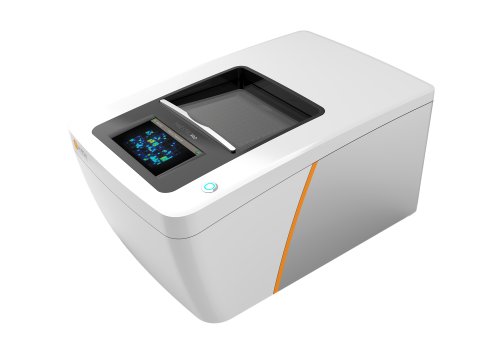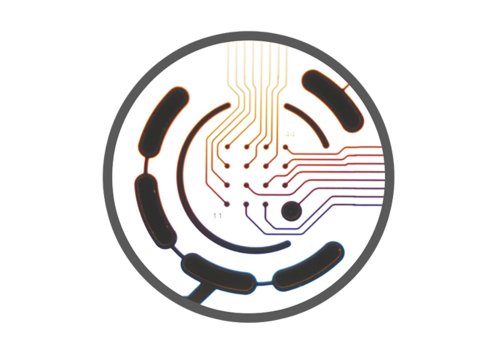Authors: Marina P Hommersom, Nina Doorn, Sofía Puvogel, Elly I Lewerissa, Annika Mordelt, Ummi Ciptasari, Franziska Kampshoff, Lieke Dillen, Ellen van Beusekom, Astrid Oudakker, Naoki Kogo, Amalia M Dolga, Monica Frega, Dirk Schubert, Bart P C van de Warrenburg, Nael Nadif Kasri, and Hans van Bokhoven
Brain, 26 October 2024
Scientists use hands-free Maestro Pro MEA to investigate loss-of-function mutations in the CACNA1A gene and explore the impact of potential therapeutics.
Loss-of-function mutations in the CACNA1A gene result in variable clinical phenotypes, including ataxia, epilepsy, and intellectual disability. In this study, researchers used CRISPR/Cas9 to develop an iPSC-derived model of CACNA1A haploinsufficiency to explore the pathological mechanisms of these mutations. To evaluate CACNA1A-mutant and isogenic control iPSC-derived neurons, and compare functional phenotypes, the team used Axion BioSystems’ noninvasive Maestro Pro multielectrode array (MEA) platform. The findings demonstrated that CACNA1A-mutant cells exhibited impaired network activity and synchrony, along with intrinsic (non-synaptic) hyperexcitability. This phenotype was rescued by treatment with 4-AP, suggesting potassium channel agonists may hold therapeutic potential for CACNA1A mutations and similar disorders. Overall, the authors conclude that their study “pioneers the characterization of a human induced pluripotent stem cell-derived neuronal model for CACNA1A haploinsufficiency, and has unveiled novel mechanistic insights.”


